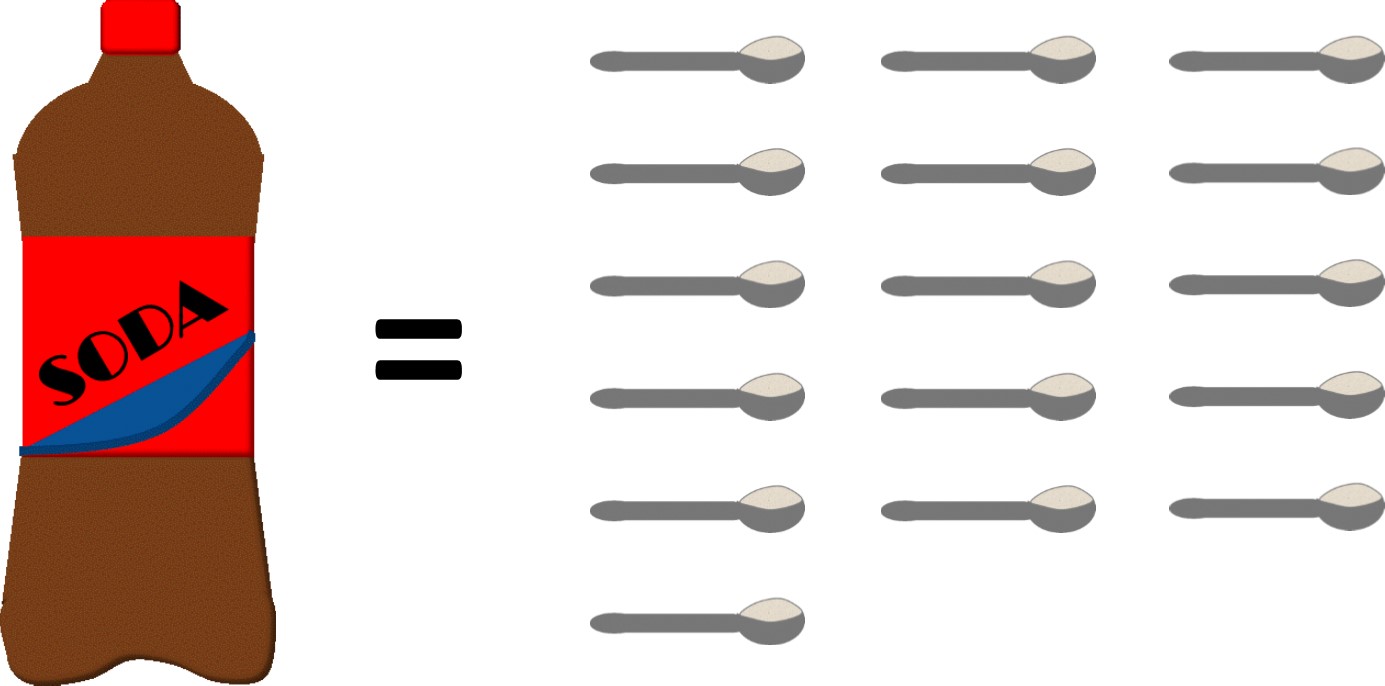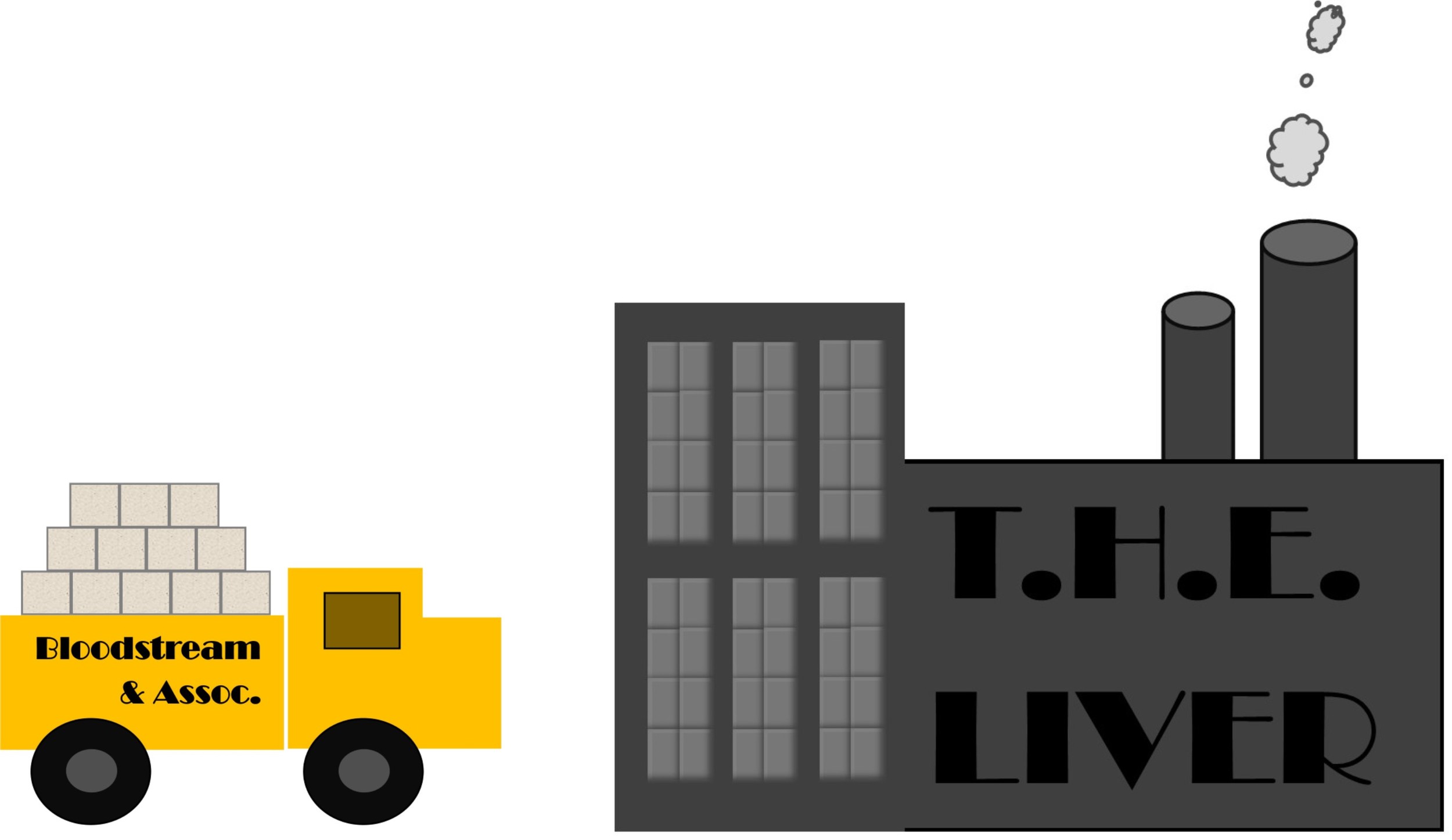Carbs, glorious carbs!
A couple of weeks ago we talked about what happened as a reaction to the low-fat craze of the late 20th century: food manufacturers started taking fat out of all of their products and instead replaced it with sugar. What we didn’t discuss is why this is such a big deal.
I’d like to walk you through a little of the physiology of what happens in our bodies when we consume sugar. Now before you get too concerned, remember that I’m a big fan of some types of carbohydrates (i.e. complex carbs that contain fiber). However, it’s important to note that not all carbs are created equal. Some are made to fuel your body while others should only be enjoyed once in a while.
So, let’s take a look at soda and perhaps you’ll see why I never touch the stuff.
What Happens in my Body when I Drink a Soda
Glug, slurp, sip!
That was me drinking a soda. Twenty ounces of highly adulterated high fructose corn syrup – i.e. sugar. No matter what form it’s in – and there are many forms of sugar: cane sugar, raw sugar, corn syrup, honey, dextrose, fructose, etc. – sugar (sucrose) is processed the same way in your body. All types of sugar appear with the same chemical formula:
sucrose = glucose + fructose
Twenty ounces of soda contains about 65 grams of sugar (that’s rounding down, mind you), which is equal to about 16 teaspoons of sugar, or just over one-fourth cup. Of sugar. One-fourth cup of sugar.

One 20-oz soda has about 16 teaspoons of sugar
This simple sugar is simple as pie (ha! I’m hilarious) for my body to digest. As soon as I guzzle down the soda, a huge splash of sugar is absorbed into my bloodstream.
Now, our bodies do not like to have too much sugar in the blood (high blood sugar levels for long periods of time can damage kidneys, eyes, and nerves, to name a few things). When everything is working well in the body (i.e. in a person’s body who doesn’t have diabetes or insulin resistance), the body is quick to respond to this large sugar dump and starts to work fast to bring the blood sugar down.
Two things happen simultaneously upon absorption of this sugar from the small intestine:
Happening 1: Insulin production. Because I don’t have diabetes, my pancreas (a very friendly organ) responds to the blood sugar dump by churning out the hormone insulin like crazy.
Happening 2: Blood (with the sugar) goes to the liver. Blood from digestion goes first to the liver before going anywhere else in the body. The liver is a magical organ – it does more than you know for your body. Besides detoxifying your blood, synthesizing proteins, and metabolizing medications, the liver is also the first organ to come into contact with sugar.

The bloodstream takes the load of sugar from the soda first to the liver to be processed
Okay. So now I’ve got a bunch of sugar entering my liver and my body has to figure out what to do with it. Thankfully, the insulin that my pancreas just made starts giving directions.
The first thing Insulin says… “Hey muscle cells, open up!”
The liver quickly converts the components of sucrose (fructose + glucose) into all glucose – the preferred energy source for everything from your brain to your biceps. From there, some of the glucose is released back into your bloodstream to fuel these cells.
Insulin acts like a key to open the body cells that need energy, allowing glucose to move from the bloodstream and into the cell where it can be broken down further.
Check out this two-minute video I made that explains it a little better:
The second thing Insulin says… “Hey, liver, start storing some of this sugar!”
Lucky for us, our livers are able to store some glucose in the form of glycogen for immediate use when we’re not eating. This is the reason that you don’t need to wake up and eat every hour overnight – as blood glucose levels go down, your liver releases some of that stored glucose.
However, there is a limited amount of glucose that can be stored in the liver – only about 100 grams. This is why “carbo-loading” before an athletic event doesn’t really help you out much. Eating more carbs than what the liver can store or that you are burning as energy immediately will be stored as fat. Bringing me to insulin’s next instruction to the liver…
The third thing Insulin says… “Hey, liver, better start making fat!”
If, by chance, I consume such a large amount of simple carbohydrates at one time (like soda or other sugary beverages) that my muscles aren’t using it fast enough and my liver has reached its storage capacity, guess what happens?
The liver starts rapidly converting the extra sugar into fat – specifically triglycerides. Triglycerides enter my bloodstream and eventually become part of my waistline.
This cascade of events – sugar triggering insulin production and ultimately fat production and storage – has also been shown to cause insulin resistance, in which your body fails to correctly use insulin. Insulin resistance is one of the main causes of Type 2 diabetes and is itself a component of metabolic syndrome.
How to Avoid Insulin Resistance and Metabolic Syndrome
Before bidding you adieu, let me give you a few tips to avoid this disaster of a metabolic problem and take care of your body:
-
Eat regularly throughout the day and spread out your carbs (meaning at least three meals/snacks – don’t eat all your carbs at one time).
-
Always include fiber, fat, and/or protein when you consume carbs to help attenuate the rise in blood sugar.
-
Don’t drink sugary beverages – especially not on a regular basis. As you can see, your body has to work pretty hard to process all that sugar.
-
Moderate, moderate, moderate. Enjoy your sweets in moderation and choose your carbs wisely.
-
Exercise. It’s a huge factor in all of this; the more energy your body uses, the more sugar those cells will take up and the better they’ll listen to insulin.
With a flick ‘o the wrist and a few slight modifications to your daily eating habits, you can make a world of difference in how your body processes sugar. Godspeed in your journey of health!
With love, from Peas and Hoppiness.